
Christmas is an annual festival commemorating the birth of Jesus Christ, observed primarily on December 25 as a religious and cultural celebration among billions of people around the world. A liturgical feast central to Christianity, preparation for Christmas begins on the First Sunday of Advent and it is followed by Christmastide, which historically in the West lasts twelve days and culminates on Twelfth Night. Christmas Day is a public holiday in many countries, is observed religiously by a majority of Christians, as well as celebrated culturally by many non-Christians, and forms an integral part of the annual holiday season.

"Silent Night" is a popular Christmas carol, composed in 1818 by Franz Xaver Gruber to lyrics by Joseph Mohr in Oberndorf bei Salzburg, Austria. It was declared an intangible cultural heritage by UNESCO in 2011. The song was first recorded in 1905 and has remained a popular success, appearing in films and multiple successful recordings, as well as being quoted in other musical compositions. It is the world's most recorded Christmas song, with more than 137,000 known recordings.

"Greensleeves" is a traditional English folk song. A broadside ballad by the name "A Newe Northen Dittye of ye Ladye Greene Sleves" was registered by Richard Jones at the London Stationers' Company in September 1580, and the tune is found in several late 16th-century and early 17th-century sources, such as Ballet's MS Lute Book and Het Luitboek van Thysius, as well as various manuscripts preserved in the Seeley Historical Library in the University of Cambridge.
"The First Nowell", modernised as "The First Noel", is a traditional English Christmas carol with Cornish origins most likely from the early modern period, although possibly earlier. It is listed as number 682 in the Roud Folk Song Index.
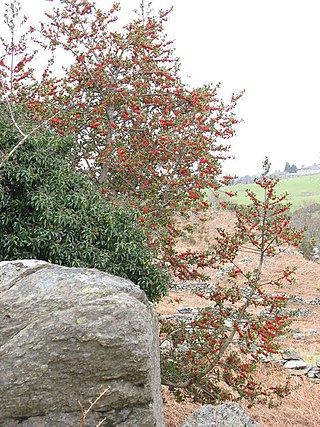
"The Holly and the Ivy" is a traditional British folk Christmas carol, listed as number 514 in the Roud Folk Song Index. The song can be traced only as far as the early nineteenth century, but the lyrics reflect an association between holly and Christmas dating at least as far as medieval times. The lyrics and melody varied significantly in traditional communities, but the song has since become standardised. The version which is now popular was collected in 1909 by the English folk song collector Cecil Sharp in the market town of Chipping Campden in Gloucestershire, England, from a woman named Mary Clayton.
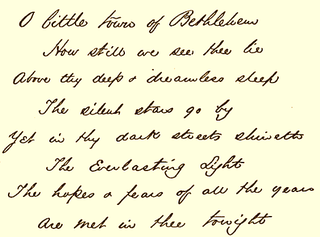
"O Little Town of Bethlehem" is a Christmas carol. Based on an 1868 text written by Phillips Brooks, the carol is popular on both sides of the Atlantic, but to different tunes: in the United States and Canada, to "St. Louis" by Brooks' collaborator, Lewis Redner; and in the United Kingdom and Ireland to "Forest Green", a tune collected by Ralph Vaughan Williams and first published in the 1906 English Hymnal.

"Adam lay ybounden", originally titled Adam lay i-bowndyn, is a 15th-century English Christian text of unknown authorship. It relates the Biblical events of Genesis, Chapter 3 on the Fall of Man.
"Deck the Halls" is a traditional Christmas carol. The melody is Welsh, dating back to the sixteenth century, and belongs to a winter carol, "Nos Galan", while the English lyrics, written by the Scottish musician Thomas Oliphant, date to 1862.
The "Sans Day Carol", also known as "St. Day Carol", "The Holly Bears a Berry" and "The Holly Tree" is a traditional Cornish carol named after the Cornish village of St Day, where it was found around the turn of the twentieth century. Some sources give it as a Christmas carol, while other sources give it as a carol for the period between Passiontide and Easter. The song, which is listed as no. 35 in the Oxford Book of Carols, is very closely related to the more famous carol "The Holly and the Ivy". According to the Roud Folk Song Index, the "Sans Day Carol" and "The Holly and the Ivy" are variants of the same song.

"I syng of a mayden" is a Middle English lyric poem or carol of the 15th century celebrating the Annunciation and the Virgin Birth of Jesus. It has been described as one of the most admired short vernacular English poems of the late Middle Ages.

The Holy Sonnets—also known as the Divine Meditations or Divine Sonnets—are a series of nineteen poems by the English poet John Donne (1572–1631). The sonnets were first published in 1633—two years after Donne's death. They are written predominantly in the style and form prescribed by Renaissance Italian poet Petrarch (1304–1374) in which the sonnet consisted of two quatrains and a sestet. However, several rhythmic and structural patterns as well as the inclusion of couplets are elements influenced by the sonnet form developed by English poet and playwright William Shakespeare (1564–1616).
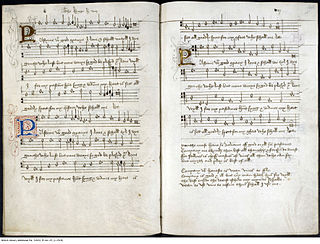
"Pastime with Good Company", also known as "The King's Ballad", is an English folk song written by King Henry VIII in the early 16th century, when he was in his early twenties, teens or even younger. It is regarded as the most famous of his compositions, and it became a popular song in England and other European countries during the Renaissance.
The Pilgrimage of the Soul or The Pylgremage of the Sowle was a late medieval work in English, combining prose and lyric verse, translated from Guillaume de Deguileville's Old French Le Pèlerinage de l'Âme. It circulated in manuscript in fifteenth-century England, and was among the works printed by William Caxton. One manuscript forms part of the Egerton Collection in the British Library.
Nowell Sing We Clear is a previously four-member musical group that performs an annual yuletide concert series. They have also released a series of related albums and a songbook of their repertoire.
John Audelay was an English priest and poet from Haughmond Abbey, in Shropshire; one of the few English poets of the period whose name is known to us. Some of the first Christmas carols recorded in English appear among his works.
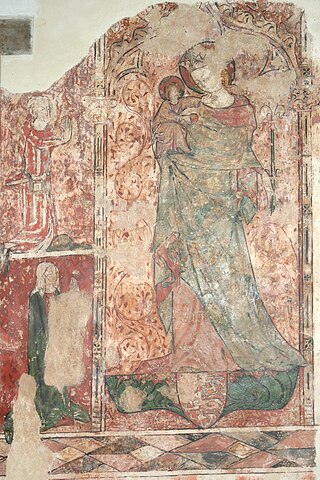
"Lullay, mine liking" is a Middle English lyric poem or carol of the 15th century which frames a narrative describing an encounter of the Nativity with a song sung by the Virgin Mary to the infant Christ. The refrain is an early example of an English lullaby; the term "lullaby" is thought to originate with the "lu lu" or "la la" sound made by mothers or nurses to calm children, and "by" or "bye bye", another lulling sound.

Henry Ramsden Bramley was an English clergyman and hymnologist perhaps best known for his collaborations with the composer Sir John Stainer. Along with earlier 19th-century composers such as William Sandys and John Mason Neale, Bramley and Stainer are credited with fuelling a Victorian revival of Christmas carols with their 1871 publication of Christmas Carols, New and Old, which popularised carols such as "The First Nowell", "God Rest You Merry, Gentlemen" and "The Holly and the Ivy".
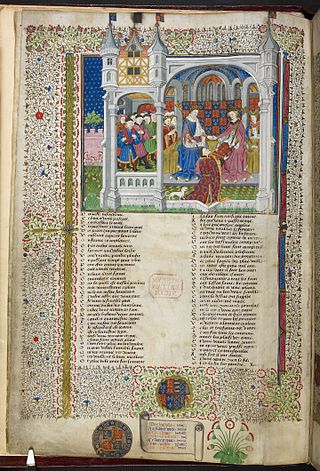
The Royal manuscripts are one of the "closed collections" of the British Library, consisting of some 2,000 manuscripts collected by the sovereigns of England in the "Old Royal Library" and given to the British Museum by George II in 1757. They are still catalogued with call numbers using the prefix "Royal" in the style "Royal MS 2. B. V". As a collection, the Royal manuscripts date back to Edward IV, though many earlier manuscripts were added to the collection before it was donated. Though the collection was therefore formed entirely after the invention of printing, luxury illuminated manuscripts continued to be commissioned by royalty in England as elsewhere until well into the 16th century. The collection was expanded under Henry VIII by confiscations in the Dissolution of the Monasteries and after the falls of Henry's ministers Cardinal Wolsey and Thomas Cromwell. Many older manuscripts were presented to monarchs as gifts; perhaps the most important manuscript in the collection, the Codex Alexandrinus, was presented to Charles I in recognition of the diplomatic efforts of his father James I to help the Eastern Orthodox churches under the rule of the Ottoman Empire. The date and means of entry into the collection can only be guessed at in many if not most cases. Now the collection is closed in the sense that no new items have been added to it since it was donated to the nation.
Clement Paman (d.1664) was an English poet and clergyman of the 17th century sometimes associated with the Cavalier Poets in the tradition of Ben Jonson and Thomas Carew. He was described in 1994 as "perhaps the most talented poet of the seventeenth century never to have had a poem published over his name."

The Trinity Carol Roll is a 15th-century manuscript of thirteen English carols held by the Wren Library at Trinity College, Cambridge. It is the earliest surviving example of polyphonic music written in English. Compiled after 1415, it contains the earliest of two manuscript sources for the Agincourt Carol which tells of Henry V's victory at the Battle of Agincourt, as well as several early Christmas carols. The majority of texts are in Middle English with some of the carols alternating between Latin and Middle English, a common form for carols of the period known as macaronic.















